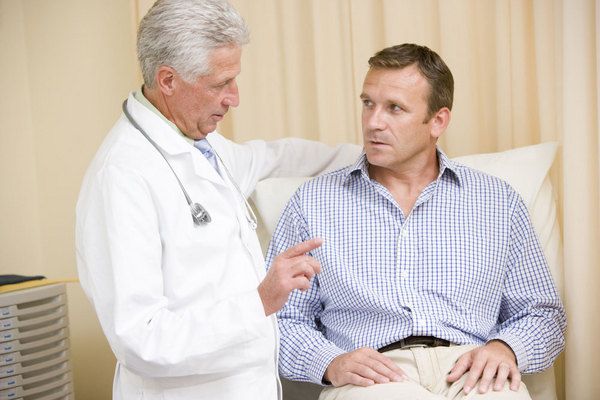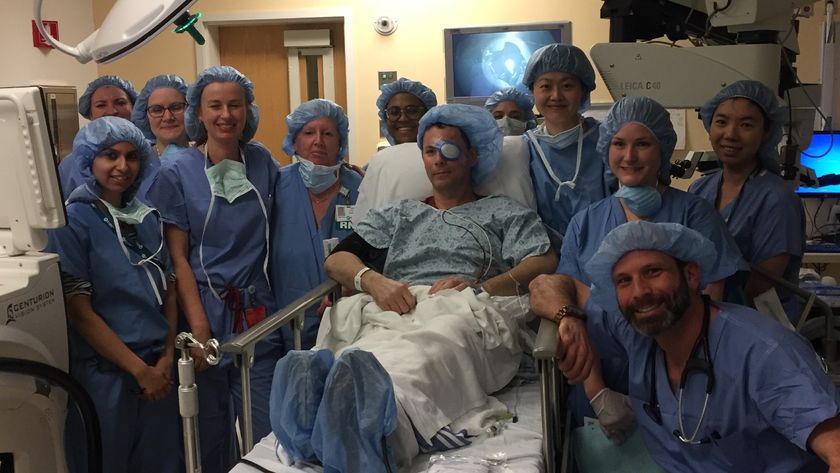Profit Motive Drives Surgery Patients Home Too Early

The desire of hospitals to make a buck is driving some surgery patients home before they’re ready, a new study finds. The study finds a link between readmission rates — someone who has to check back in after being sent home — and how full the hospital was when the surgery patent was discharged. That suggests patients went home before they were healthy enough, the researchers say.
"Discharge decisions are made with bed-capacity constraints in mind," said University of Maryland Professor Bruce Golden, who conducted the research with Ph.D. student David Anderson and other colleagues. "Patient traffic jams present hospitals and medical teams with major, practical concerns, but they can find better answers than sending the patient home at the earliest possible moment," Golden adds.
The findings are detailed in the journal Health Care Management Science.
The research examined patient movement at a large, academic U.S. medical center. They found that patients discharged when the hospital was busiest were 50 percent more likely to return for treatment within three days.
Surgeons and hospitals are incentive-driven to perform as many surgical procedures as feasible, Golden points out.
"The hospital has to maintain revenue levels to meet its financial obligations. Surgeons are working to save lives and earn a livelihood. It's what they do," he explains. "If the hospital says 'sorry there are no beds available,' there's a lot of tension and pressure from both sides to keep things moving."
These problems are much more likely at large hospitals, which tend to provide more advanced, specialized surgeries not accessible at smaller, community institutions, the researchers say. Patients often have to travel a great distance for the procedures, so hospital delays become expensive for both them and the care providers.
Sign up for the Live Science daily newsletter now
Get the world’s most fascinating discoveries delivered straight to your inbox.
The study findings cover surgical discharge data from fiscal year 2007 covering more than 7,800 surgery patients who collectively spent 35,500 nights at the facility.
"This gives us a good snapshot of the pressures at work in a busy non-profit hospital," Golden adds. "Other institutions may handle the challenges somewhat differently, but the pressures are widespread and these results call for some introspection."












